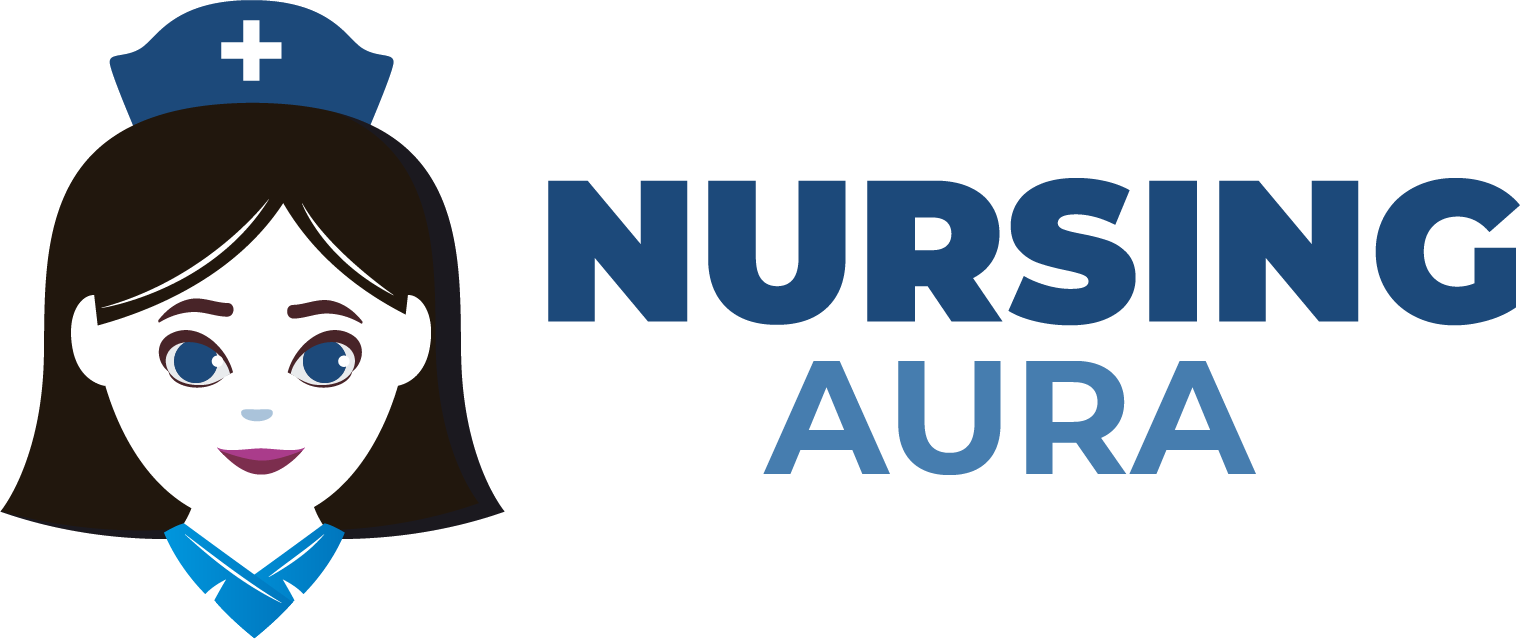Are you ready to unlock the power of teamwork in nursing? Picture this: a seamless collaboration where healthcare professionals come together like pieces of a puzzle, each contributing their expertise to provide top-notch patient care. Interprofessional collaboration is not just a buzzword; it’s a game-changer in the world of nursing. Join us on a journey as we explore the importance, benefits, challenges, and strategies for successful interprofessional collaboration in nursing. Let’s dive in!
What is Interprofessional Collaboration?
Interprofessional collaboration in nursing is like a symphony where different instruments blend harmoniously to create beautiful music. It’s a dynamic process where healthcare professionals from various disciplines work together, utilizing their unique skills and knowledge to deliver holistic patient care. Imagine doctors, nurses, pharmacists, social workers, and therapists collaborating seamlessly towards a common goal: the well-being of the patient.
This collaborative approach goes beyond individual expertise; it emphasizes teamwork, open communication, and mutual respect among team members. By pooling their strengths and experiences, healthcare professionals can tackle complex medical cases more effectively and improve patient outcomes. In essence, interprofessional collaboration transforms healthcare delivery into a coordinated effort that prioritizes comprehensive care for patients.
When healthcare teams come together with a shared vision and commitment to excellence, they can create a supportive and positive work environment that enhances patient care. Interprofessional collaboration has become increasingly important in modern healthcare systems as it promotes efficient use of resources, reduces errors and duplication of services, and leads to better patient satisfaction.
Benefits of Interprofessional Collaboration in Nursing
Interprofessional collaboration in nursing brings a host of benefits that enhance patient care and outcomes. When healthcare professionals from diverse backgrounds work together, they can pool their expertise to provide comprehensive care. This teamwork ensures that all aspects of a patient’s well-being are considered, leading to more holistic treatment plans.
Collaboration also fosters a culture of continuous learning and professional growth among nurses and other healthcare providers. By sharing knowledge and skills, team members can broaden their understanding of different specialties, ultimately improving the quality of care delivered to patients.
Furthermore, interprofessional collaboration promotes efficiency in healthcare delivery by streamlining communication channels between team members. With clear roles and responsibilities established within the team, tasks can be delegated effectively, reducing duplication of efforts and avoiding errors.
The benefits of interprofessional collaboration in nursing extend beyond individual patient interactions to positively impact the entire healthcare system.
Challenges to Interprofessional Collaboration
Working in a healthcare setting, nurses face various challenges when it comes to interprofessional collaboration. One common obstacle is the lack of understanding and respect for each profession’s roles and responsibilities. Miscommunication or inadequate communication can lead to misunderstandings and conflicts among team members.
Another challenge is the difference in work cultures and priorities between disciplines. Nurses, physicians, pharmacists, and other professionals may have varying approaches to patient care which can create tensions within the team. Additionally, time constraints and heavy workloads can hinder effective collaboration as individuals struggle to find opportunities for meaningful interactions.
Structural barriers such as hierarchical structures within healthcare organizations can also impede collaborative efforts. Power differentials may discourage open communication and limit participation from certain team members. Overcoming these challenges requires commitment from all parties involved to foster a culture of mutual respect, clear communication channels, and shared decision-making processes.
Strategies for Successful Interprofessional Collaboration
Successful interprofessional collaboration in nursing requires effective strategies to ensure seamless teamwork among healthcare professionals. One key strategy is establishing clear roles and responsibilities for each team member, promoting accountability and minimizing misunderstandings.
Communication plays a crucial role in fostering collaboration. Encouraging open dialogue, active listening, and the use of standardized communication tools can enhance coordination and prevent errors.
Building trust among team members is essential. Mutual respect, understanding expertise across disciplines, and valuing diverse perspectives contribute to a positive working environment where everyone feels valued.
Regular team meetings provide opportunities for discussion, problem-solving, and sharing knowledge. Setting common goals helps align efforts towards improving patient outcomes while recognizing individual contributions.
Embracing a culture of continuous learning allows healthcare professionals to stay updated on best practices, technologies, and research findings relevant to their respective fields. This commitment to professional development fosters innovation within the interdisciplinary team dynamic.
The Role of Communication in Interprofessional Collaboration
Effective communication plays a vital role in fostering successful interprofessional collaboration within the healthcare setting. Clear and open communication among team members ensures that everyone is on the same page regarding patient care plans and goals. It helps to prevent misunderstandings, errors, and promote efficient teamwork.
Through good communication, nurses can share valuable insights, exchange information, and contribute their expertise towards providing holistic care for patients. This collaborative approach enhances decision-making processes and improves overall patient outcomes.
Active listening is another crucial aspect of effective communication in interprofessional collaboration. By truly hearing each other out, team members can better understand different perspectives, address concerns promptly, and work together harmoniously towards achieving common objectives.
Moreover, clear communication channels help streamline workflow processes, reduce duplicative efforts, and enhance coordination among multidisciplinary teams. Regular updates through various mediums such as meetings or electronic platforms ensure that everyone stays informed about any changes or developments in patient care plans.
In essence, effective communication serves as the cornerstone of successful interprofessional collaboration in nursing by fostering a supportive environment where all team members feel valued and respected for their contributions to delivering high-quality patient-centered care.
Real-life Examples of Successful Interprofessional Collaboration in Nursing
In a bustling hospital setting, nurses and other healthcare professionals work hand in hand to provide the best possible care for patients. One notable example of successful interprofessional collaboration in nursing is seen when a nurse, doctor, and pharmacist collaborate to optimize medication regimens for complex cases. By sharing insights and expertise, they ensure that patients receive safe and effective treatment.
Another instance where interprofessional collaboration shines is during patient rounds, where nurses, physicians, therapists, and social workers come together to discuss individualized care plans. This multidisciplinary approach ensures that all aspects of a patient’s well-being are considered and addressed comprehensively.
Furthermore, in emergency situations like code blue responses or trauma cases, seamless teamwork among various healthcare professionals is crucial for swift and efficient interventions. Nurses play a vital role alongside doctors, respiratory therapists, and technicians in these high-stress scenarios to save lives effectively through coordinated efforts.
Conclusion: The Impact of Interprofessional Collaboration on Patient Care and Outcomes
Interprofessional collaboration in nursing plays a crucial role in enhancing patient care and outcomes. By bringing together professionals from various disciplines, it promotes holistic and comprehensive healthcare delivery. Through effective communication, shared decision-making, and mutual respect among team members, patients receive well-coordinated care that addresses their physical, emotional, and social needs.
The benefits of interprofessional collaboration are numerous – improved patient satisfaction, reduced medical errors, increased efficiency in healthcare delivery, and better health outcomes for patients. Despite some challenges such as hierarchical structures or lack of understanding of roles within the team, strategies like clear communication channels and regular team meetings can help overcome these obstacles.
Real-life examples demonstrate how successful interprofessional collaborations have positively impacted patient care. From coordinating complex treatment plans to promoting preventive care initiatives, teamwork among healthcare professionals leads to safer practices and better results for patients.
In conclusion: Interprofessional collaboration is not just a buzzword; it’s a fundamental aspect of modern healthcare that elevates the quality of patient care while fostering professional growth among practitioners. By embracing this collaborative approach, nurses can truly make a difference in the lives of those they serve.

